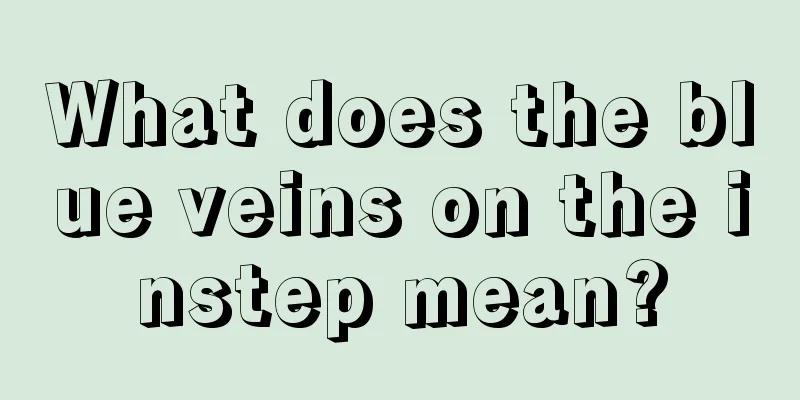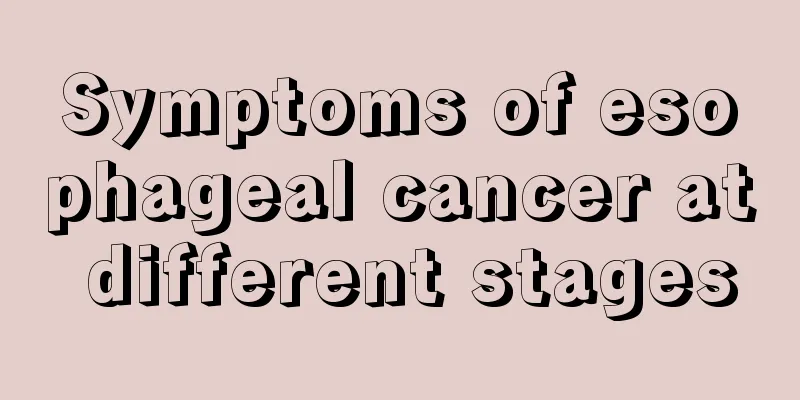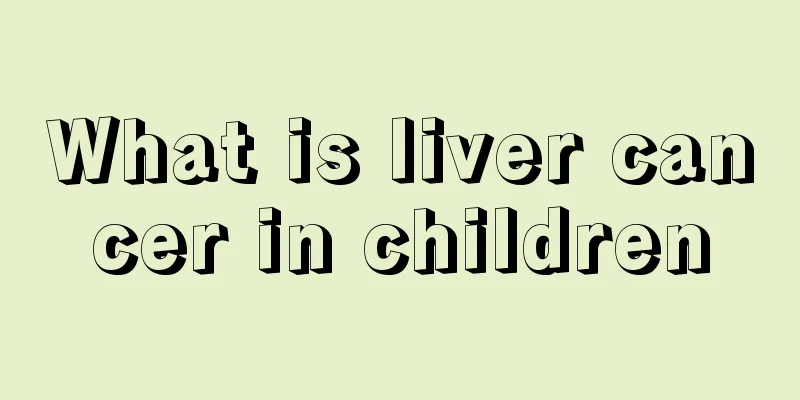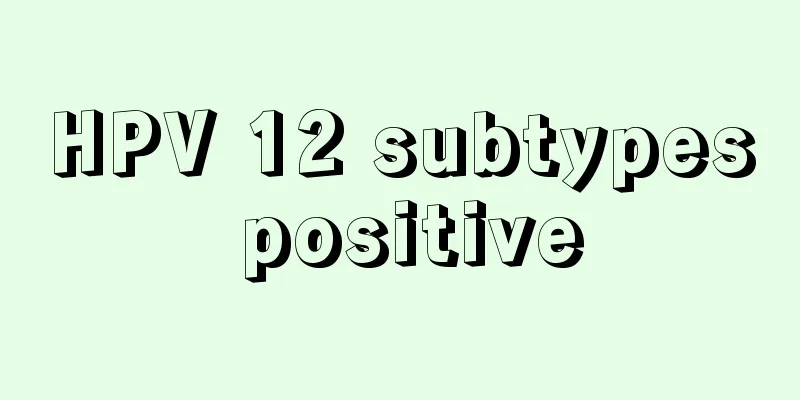What does the blue veins on the instep mean?

|
The feet are very important to our body, but they are the very end of our body. If there is a problem with the feet, it will have a great impact on the body. The feet have always been called the second heart. Some people will find blue veins on the instep of their feet, and these blue veins are very clear and obvious. This situation is likely caused by varicose veins, which is a relatively common disease. Telangiectasia: Reticular vein dilatation, strictly speaking, they are not true varicose veins, they just affect the appearance. 2. Prominent blood vessels in the legs: When standing, curved and thickened superficial veins can be seen in the legs, protruding from the skin. They disappear when the legs are raised or lying flat. 3. Calf edema and leg soreness: The calves begin to swell, which is more obvious after standing for too long or being tired. The legs feel sore and swollen, which is worse at night and lighter in the morning. The skin becomes pigmented, dark in color, and has desquamation. 4. Cold legs and feet: Cold legs and feet When we feel cold legs and feet, it is usually caused by poor blood circulation in the lower limbs. This disease is not only common among the elderly, but now many young people also suffer from varicose veins and cold legs and feet because they do not exercise their legs and feet enough. 5. Leg cramps: Many people think it is due to calcium deficiency. In fact, in the early stages of varicose veins, due to insufficient oxygen in the venous blood, varicose veins in the lower legs cause venous blood to stay in the feet for a long time, stimulating the foot muscles and causing leg cramps. 6. The affected limb becomes thicker: The affected limb is often thicker than the contralateral leg. Some patients also experience skin itching. In severe cases, skin lesions such as eczema and congestive dermatitis may occur. Long-term untreated treatment may even lead to amputation. Common treatments for varicose veins: 1. Avoid standing for long periods of time Because it can aggravate varicose veins in the lower limbs. But you can walk briskly, such as 4 times a day, 15 minutes each time. If your physical strength allows, doing crawling exercises will help with the care of varicose veins. This is a common treatment for varicose veins. 2. Calf massage is possible And perform kicking and leg swinging exercises appropriately. Raise the affected limb when sleeping and put a pillow under the calf to help the return of venous blood, which is very helpful for the care of varicose veins. If you suffer from constipation and chronic cough, you should seek medical treatment in time to avoid increased abdominal pressure which will aggravate varicose veins and be detrimental to the care of varicose veins. 3. Under the guidance of a doctor You can also wear long elastic stockings and elastic pants to promote venous return in the lower limbs. It is not advisable to wear high heels after the illness, because it is not conducive to the shortening and relaxation of the leg muscles, affecting blood return. Keep wearing leg wraps and loosen them when resting to protect blood vessels and help better care for varicose veins. |
<<: Is it serious if the tendons on the instep are broken
>>: What causes edema on the instep
Recommend
Purple spots appear on the body
From the perspective of traditional Chinese medic...
What are the hazards of decoration to human body
Nowadays, there are more and more things that are...
Diagnostic criteria for myocardial enzymes in myocarditis
Nowadays, when we treat diseases, we cannot do wi...
What are the effects and functions of mugwort pillow
Mugwort is quite common in our life. In some area...
Is there a cure for advanced lung cancer?
Lung cancer is now a relatively common cancer in ...
Is it normal for tooth roots to bleed?
Every time we brush our teeth, we find blood, but...
What to do if your shoes squeak when you walk
Shoes are very familiar to us. We wear shoes ever...
Moxa sticks for treating rhinitis
Moxibustion does have a certain relieving effect ...
What tests are needed for prostate cancer
In recent years, many men will suffer from prosta...
Uncover the pathological process of primary liver cancer and review the six major treatment methods for primary liver cancer
Life is spent with diseases big and small. Primar...
Pain below the left sternum
Pain below the left sternum may be caused by many...
Introduction to the medicinal value of grape seeds
Modern technology has studied the antioxidant eff...
The efficacy and function of sea buckthorn oil
As a raw material for health food, sea buckthorn ...
Gallbladder cancer can be seen through digestive tract symptoms
Gallbladder cancer can be seen through digestive ...
Where is the psoas major muscle
Everyone has certain muscles in their body, but s...









